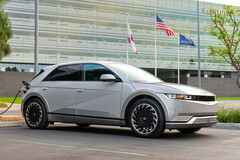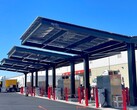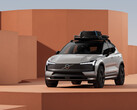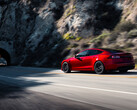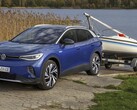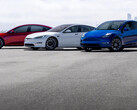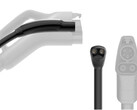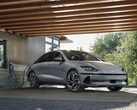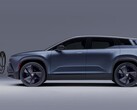The US federal tax incentives have been put in place to ease the cost of electric vehicles and increase adoption, as well as strengthen the US electric vehicle manufacturing industry. As a result of the reduced cost of entry and the overall reduction in the lifetime cost of EVs, even in more rural areas in states like Texas. Buyers often cite increasing refuelling cost when moving over to an electric vehicle, according to Electrek.
On the other hand, while electric vehicle tax incentives have served their purpose to increase electric vehicle adoption, it has also been reported that as many as 44% of electric vehicle owners have at least two other vehicles. If so many EV owners are investing in electric vehicles as a third or fourth car, it's safe to say that the incentives aren't addressing the majority of the US population. Only around 22% of US citizens own three or more vehicles.
While it appears that more electric vehicles are going to affluent households that also have ICE vehicles, the increased EV adoption has resulted in a reduction in gasoline consumption in the US. Overall, gasoline usage has dropped by 7% since 2017, which could also be attributed, at least in part, to an increased portion of the labour force working from home.
EV buyers' persistent reliance on traditional ICE vehicles is echoed in data that indicates that charging infrastructure is still a big concern for potential electric vehicle owners, despite the vast majority of electric vehicle charging happening at home. One proposed solution to cut reliance on fossil fuels and increase EV adoption is to target larger portions of the population, and to only provide EV incentives to drivers who are replacing a gasoline-powered car with an electric one.
Another solution would see these electric vehicles target commercial users and the 10% of drivers that produce the most emissions — a system that seems to be making headway in Vermont. It is suggested that converting gasoline superusers and ride-share companies, like Uber, to electric vehicles may result in better gains on the emissions front. It seems unlikely that electric vehicles will reach the same sort of adoption seen in some European countries until the collaborative efforts between governments and private entities start to target a more diverse audience and users that consume the most gasoline.
Buy a Cable Shield Electric Vehicle Charging Cable Protector on Amazon.




